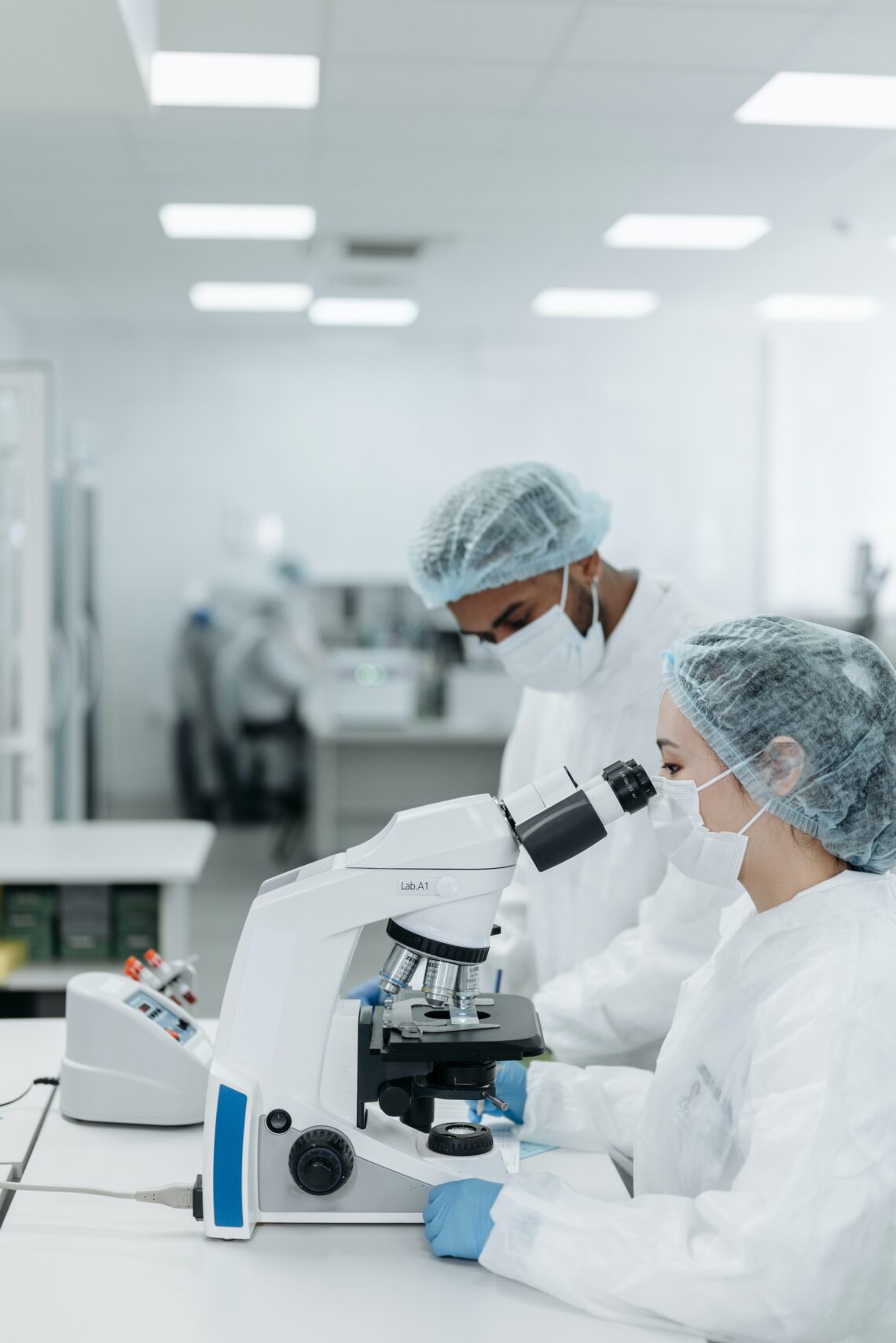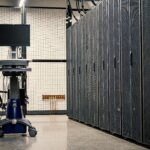
Hidden away from patients
Health-care professions are being ignored, according to some professional advocates.
Frontline health-care providers such as doctors and nurses have been more visible for the past three years due to the COVID-19 pandemic. Even though society is grateful for the service of these frontline workers, there are still some professions that remain unseen.
“Frontline providers are definitely heroes, and they’ve earned all the praise they’ve gotten and more,” says Julia Palmer, a 27-year-old medical laboratory assistant from Ottawa. “But there are so many roles in this field that more people should know exist as well.”
Medical laboratory science
Palmer is in the medical laboratory science field. “We basically run tests to help diagnose and treat patients,” she explains. “So everything from blood tests to tests that assess organ function.”
According to Palmer, many people believe that doctors or nurses run their own tests. In reality, after a sample is collected, it is sent to a laboratory to be analyzed.
“We’re tucked away in hospitals, so it’s easy not to notice us,” she says.
Palmer says that many other health-care professionals do not fully understand what hospital laboratories do.
In Ontario, the laboratories are made up of many different departments and four different professions. All of them serve a similar purpose: to use science to analyze patient samples. After analysis, the results are reported to the patient’s doctor, so they can use the information.
The scale of these tests is significant. The CDC explains that 70 per cent of medical decisions depend on clinical lab results.
In addition to routine tests, laboratories are used for emergency response and bioterrorism threats. This includes Ontario’s response to COVID-19.
“I think people don’t realize how much labs helped with pandemic response,” Palmer says. “We were the ones running the tests.”
Lab workers are not only found in the lab.
“A large part of my job as a lab assistant is actually taking blood,” Palmer explains. “So I’m working right alongside nurses a lot of the day.”
Pathologist assistants
Similar to medical laboratory science, pathologist assistants work away from the front lines. Pathologist assistants work with pathologists to prepare and analyze tissue in order to diagnose diseases. Their scope of practice is large. A few tasks include cancer diagnosis, assisting surgical teams, analyzing tissue under microscope and general management duties.
“There’s no other profession quite like it,” says Heather Dow, the executive director of the Canadian Association of Pathologists.
Dow explains that the profession is a great career choice for people who enjoy working with their hands and learning about the human body.
The profession is unregulated in Ontario. However, according to Dow, pathologist assistants are increasingly seeking certification through the Canadian Certification Council of Pathologists’ Assistants (CCCPA).
“It’s important for the general public to know that our profession exists,” says Dow. “Patients should know that their tissue doesn’t disappear into a black box.”
Medical radiation technologists
Medical radiation technologists (MRTs) are more visible than the previously mentioned professions, yet members still feel they lack public recognition.
The Canadian Association of Medical Radiation Technologists conducted a survey that found 91 per cent of surveyed members of the MRT profession believe they aren’t getting the recognition they deserve.
“It’s strange because we work directly beside patients, but we sort of blend into the hospital,” says Samantha Wang, an MRT student from Ontario.
Wang explains that many people falsely assume that MRTs are nurses.
“I don’t mind that much, but I do think the profession should be recognized for its own merits.”
MRTs have four disciplines they can choose to work in. Most disciplines involve using medical imaging to help diagnose patients. The most familiar technology is magnetic resonance imaging.
In addition to imaging, MRTs also act as key players in the cancer treatment team. They use radiation therapy to help destroy cancerous tissue.
“The technology we use really is second-to-none. There is no better way to study a patient’s body to look for abnormalities,” Wang says.
Besides the technology, Wang stresses the importance of MRTs themselves. “At the end of the day, it’s people who are operating the technology. We’re specialists, and I think [we] deserve to be recognized.”
About the author
Eliot is a journalist for Youth Mind. His background is in English and creative writing at York University. When not writing, he studies medical laboratory science in Kingston, and enjoys hand spinning yarn, cooking, and gardening.







